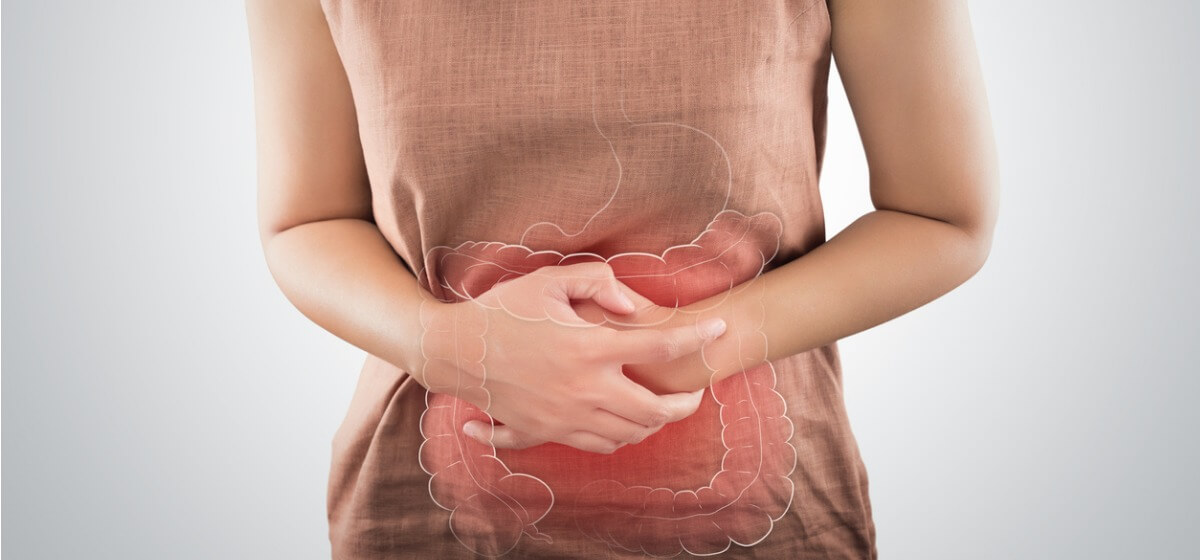How Is Celiac Disease Diagnosed?

Celiac disease is a condition in which the immune system responds inappropriately to a protein called gluten. Grains like wheat, barley, and rye contain gluten. People with celiac disease who consume foods with this protein experience an immune system response in their small intestine that can cause diarrhea, bloating, fatigue, and other symptoms.
Over time, that response damages the intestinal lining, making it difficult for the person’s digestive system to absorb nutrients properly. That can lead to unintended weight loss and other health problems.
The key to minimizing intestinal damage is avoiding gluten and the immune response it causes. But how do you know if you have celiac disease?
Determining Whether You Have Celiac Disease
To diagnose celiac disease, doctors use two different blood tests: serology and genetic testing. Serology testing determines if you have elevated levels of specific antibodies, which indicates your immune system has reacted to gluten. Genetic testing looks for specific antigens in your blood to rule out celiac disease.
If your doctor decides you should have blood tests, they’ll want you to do so while not on a gluten-free diet since the absence of gluten can make your results look normal.
If the results of your blood tests are positive for celiac disease, your doctor may have you undergo one of two additional tests:
- Standard endoscopy. This imaging procedure uses a tube and tiny camera that’s passed from your mouth down your throat into your small intestine. The camera enables your doctor to view the condition of your small intestine and take a biopsy (a small tissue sample) for testing.
- Capsule endoscopy. This is another imaging procedure. It uses a capsule the size of a vitamin that contains a wireless camera. You swallow the capsule, and as it moves through your intestines, it sends thousands of images to a recording device.
While doctors familiar with celiac disease typically can make a confident diagnosis without a biopsy, getting a tissue sample is what the Celiac Disease Foundation refers to as the “gold standard” in testing.
Life with Celiac Disease
There’s no cure for celiac disease. But you can prevent symptoms and avoid intestinal damage by adhering to a strict gluten-free diet. That means removing several foods from your diet, including:
- Wheat
- Barley
- Rye
- Graham flour
- Durum
- Triticale
- Semolina
- Farina
- Bulgur
- Malt
- Spelt (a type of wheat)
Maintaining a completely gluten-free diet also requires awareness of food and non-food products that may contain gluten, such as:
- Over-the-counter and prescription medications
- Envelope and stamp adhesives
- Food preservatives and stabilizers
- Vitamins
- Nutritional and herbal supplements
- Lipstick
- Toothpaste and mouthwash
- Communion wafers
The good news is that increasing awareness of celiac disease in recent years has led to the availability of many gluten-free foods and product alternatives. By doing your research, you can steer clear of gluten and still enjoy your meals.
Talk with Your Baptist Health Physician About Celiac Disease
If you have symptoms that make you think you might have celiac disease, you should talk with your Baptist Health primary care physician. They can determine the right course of action.
If you don’t have a doctor, you can find one in our online provider directory.


.jpg?rev=61ee562da10a4229a5ee71c468722ba7)
